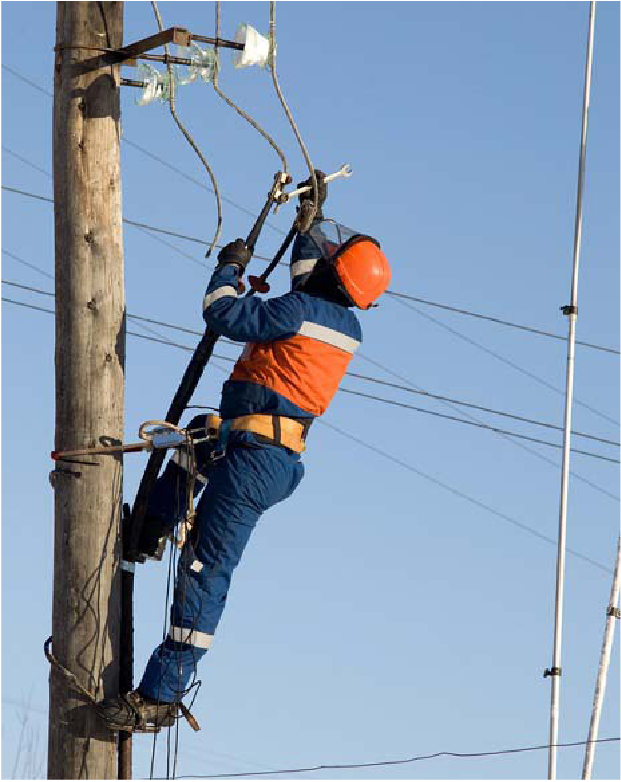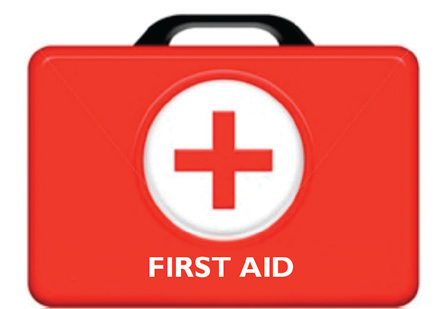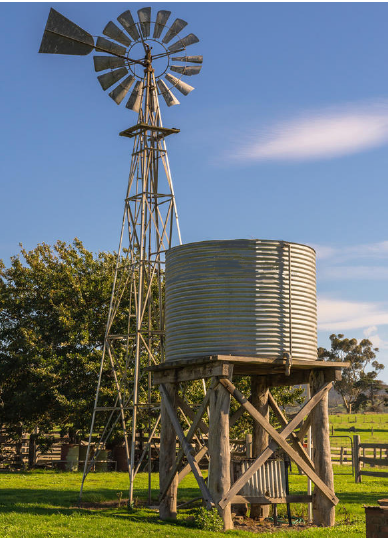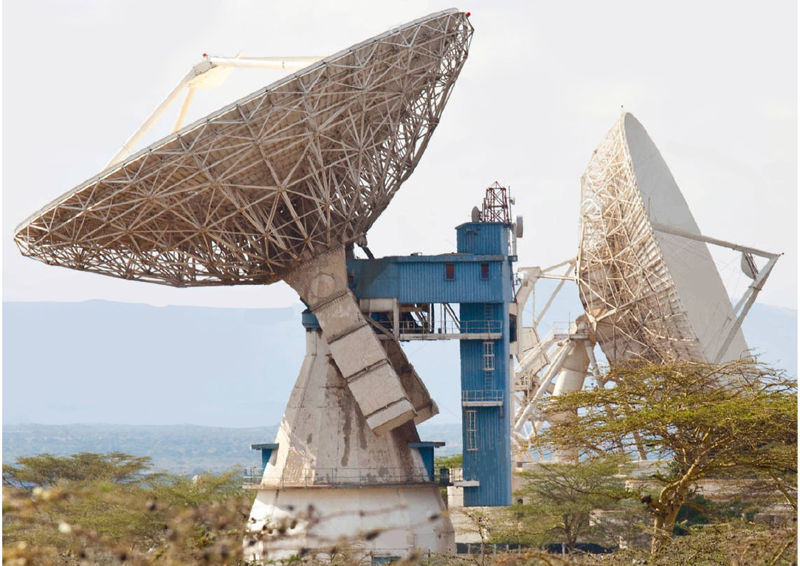Introduction
Science is a body of knowledge which is classified into either social or natural sciences. Social sciences deal with the study of people in the society while natural sciences deal with things that can be studied as they are.
There are various branches of natural science. At primary school level, some aspects of natural sciences like human body, health education, plants, weather, animals, water, soil, food, energy, properties of matter and work are learnt as a single science subject. At secondary school level, the various branches of natural sciences like Agriculture, Biology, Physics, Chemistry and Geography are learnt separately. This book deals with one of the branches of natural science called Physics.
What is Physics?
Physics is the study of matter, energy and the interactions between them. In this study, a scientific approach is employed. Scientific approach is based on systematic experimentation through careful measurements and analysis. Conclusions are drawn from the analysis. These conclusions are tested to find out if they are valid. It is from the conclusions arrived at, that, general laws or principles are stated.
Branches of Physics
The following are some of the branches of Physics
- Mechanics.
- Properties of matter.
- Geometrical optics.
- Physical optics.
- Sound.
- Heat.
- Static electricity.
- Current electricity.
- Magnetism.
- Electromagnetic induction.
- Electronics.
- Atomic and nuclear physics.
Physics and other subjects
The various branches of natural sciences are inter-dependent. The following are some examples.
1. Physics and Chemistry
Chemistry mainly deals with the study of salts, acids and their reactions. For a physicist to understand the working mechanism of chemical cells, help is sought from a chemist. On the other hand, the reasons behind the various colours observed in most of the chemical reactions are explained by a physicist. Petroleum products are dealt with by the chemist, but the transportation of such products make use of the principles of Physics.
2. Physics and Biology
The study of living cells and small insects by a biologist requires magnification. The concept of magnification using simple or compound microscope is a brain child of a physicist. A good physicist needs to have good health. A biologist will assist a physicist in the awareness of the following:
- A balanced and nutritive diet.
- Some simple physical exercises to keep fit.
- The various bacteria and viruses normally found in one’s blood system e.g. malaria, HIV, etc.
- The possible preventive measures in dealing with people who have been infected with diseases such as small pox, HIV/AIDS, etc.
- Effects and dangers of drinking excess alcohol, drug abuse, etc.
3. Physics and Geography
In weather forecast, a geographer uses a barometer, wind gauge, etc. which are instruments developed by a physicist.
4. Physics and Agriculture
In agriculture, the water sprinkler, insecticide sprayer, etc. make use of the principles developed by physicists.
5. Physics and History
The determination of age fossils by historians and archaeologists use the principle developed by physicists.
6. Physics and Arts
The theatrical setup, the audio and visual arrangements are the creations of physicists.
7. Physics and Sports
In games and sports, accurate measurement of time, distance, weight, etc. use instruments developed by physicists.
Physics and technology
Physicists search for reliable information and then organise it into fundamental laws and principles. On the basis of these laws and principles, the engineers and technologists design and develop devices and appliances, that make the living more comfortable. For example, windmills make drawing of water from deep wells easier (Fig. 1.1).
The advancement of technology led to the manufacture of motor cars, aeroplanes, communication satellites, etc.
The concept of generation of electricity using simple copper wire and magnets was applied to develop dynamos and later electrical power generators. We say that Physics concepts and laws are used to create technology.
Career opportunities in Physics
Physics, being a practical subject has many applications. These applications lead to diverse career opportunities depending on one’s skill and aptitude. The most promising area of job opportunities is in engineering and technology. The various careers one can look forward to in these areas are: laboratory technology, mapping and surveying, civil engineering, electrical engineering, mechanical engineering, instrumentation technology, meteorology, electronics and telecommunication engineering, architecture, environmental engineering, aeronautical engineering, etc.
Pure sciences such as Physics, Geology, Astronomy, Astro-physics, etc. also offer suitable and promising careers.
In the application of medical physics there are career openings in radiology, ultra-sound scanning, medical sports, optometry, etc. In education one can be a school teacher, university lecturer or a researcher. A successful physics student can always find a suitable career opportunity. Fig. 1.3 shows electrical engineer at work.

Basic laboratory safety rules
Learning of Physics in schools mainly takes place in a physics laboratory. While doing experiments can be fun in the laboratory, it can also be dangerous. Think before you act! Thinking before acting opens up your mind to avoid silly mistakes that are likely to trigger off accidents.
The following rules should be observed while working in a physics laboratory.
- Do only what your teacher has instructed you to do. For example, if you are instructed to heat gently for 3 minutes, there is no good reason to heat strongly, which might lead to an explosion.
- While inside the laboratory, do not run, play or throw things.
- Never chew, eat or drink in the laboratory.
- Never handle radioactive materials with bare hands. Use tongs and forceps to handle such materials.
- Keep the gangways clear of stools or bags.
- Open live electrical circuits should be avoided under all circumstances.
- Never handle electrical apparatus with wet hands to avoid electric shock.
- Inform the teacher at once about any accidents.
- Tidy your work place after the experiment.
- Always ensure that the electric socket switch is off before plugging in any electrical device.
- Never try to connect anything other than the proper plug into the mains socket.
- Never heat glass bottles and containers with the stoppers on as build up pressure could cause an explosion.
Since it is impossible to eliminate all the risks of an accident, it is your responsibility to minimise them and ensure that you are able to take appropriate action should any occur. Incase of an accident, despite taking all the precautions, the most important consideration at all times is human safety. You should act quietly and methodically. Common sense is the best judge.
First aid
The purpose of first aid is to make the victim secure and comfortable. This prevents his/her condition from becoming worse until professional assistance is available. All physics students need to have adequate knowledge of first aid. The physics laboratory should have a fire extinguisher and a first aid kit (Fig 1.4) containing the following items.
- A pair of blunt-ended scissors.
- An assortment of bandages.
- Adhesive plaster.
- Sterilised cotton wool and gauze.
- Mild antiseptic solution.
- Safety pins.
- Forceps.
- Gloves.
Enjoy your physics – but safely!



